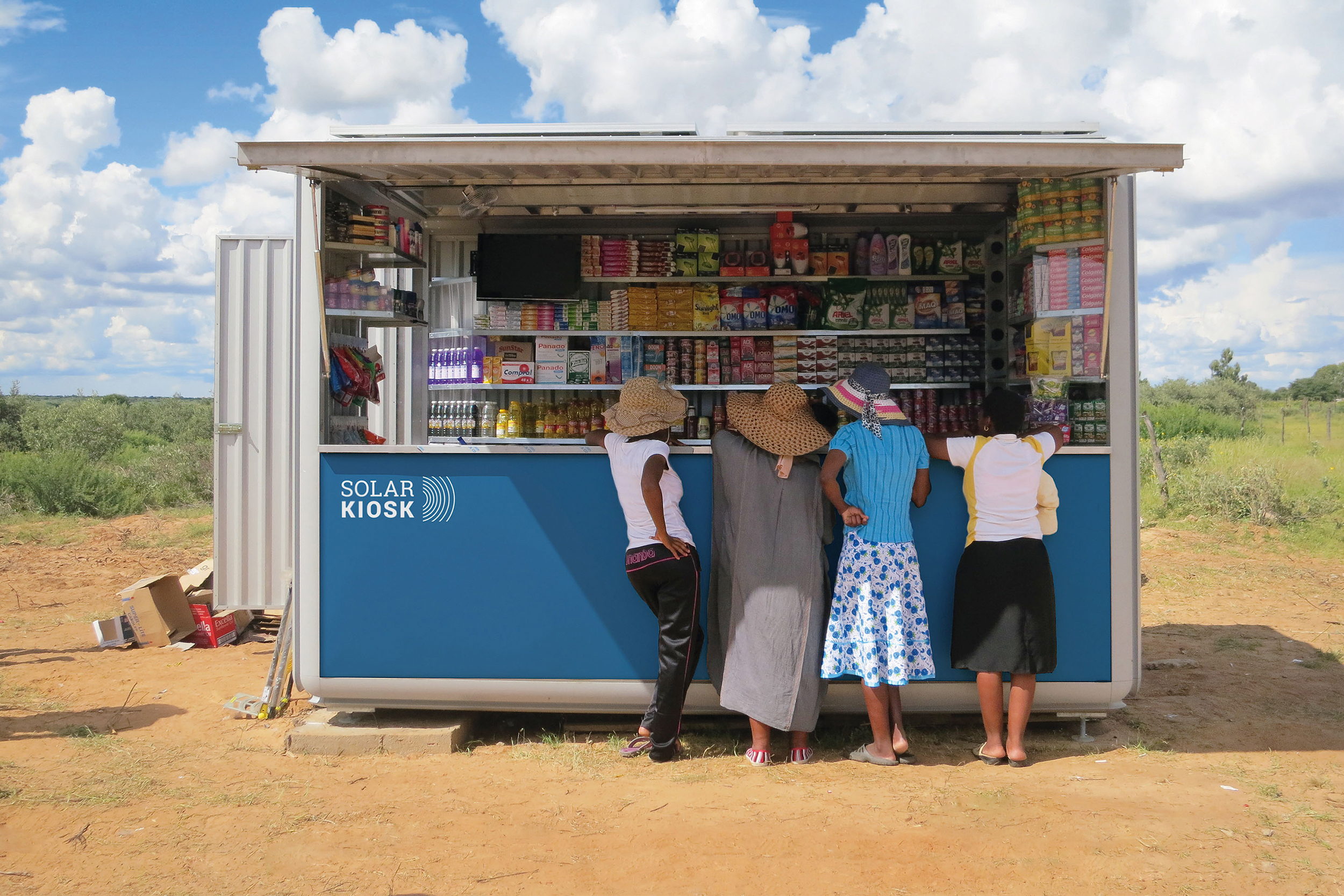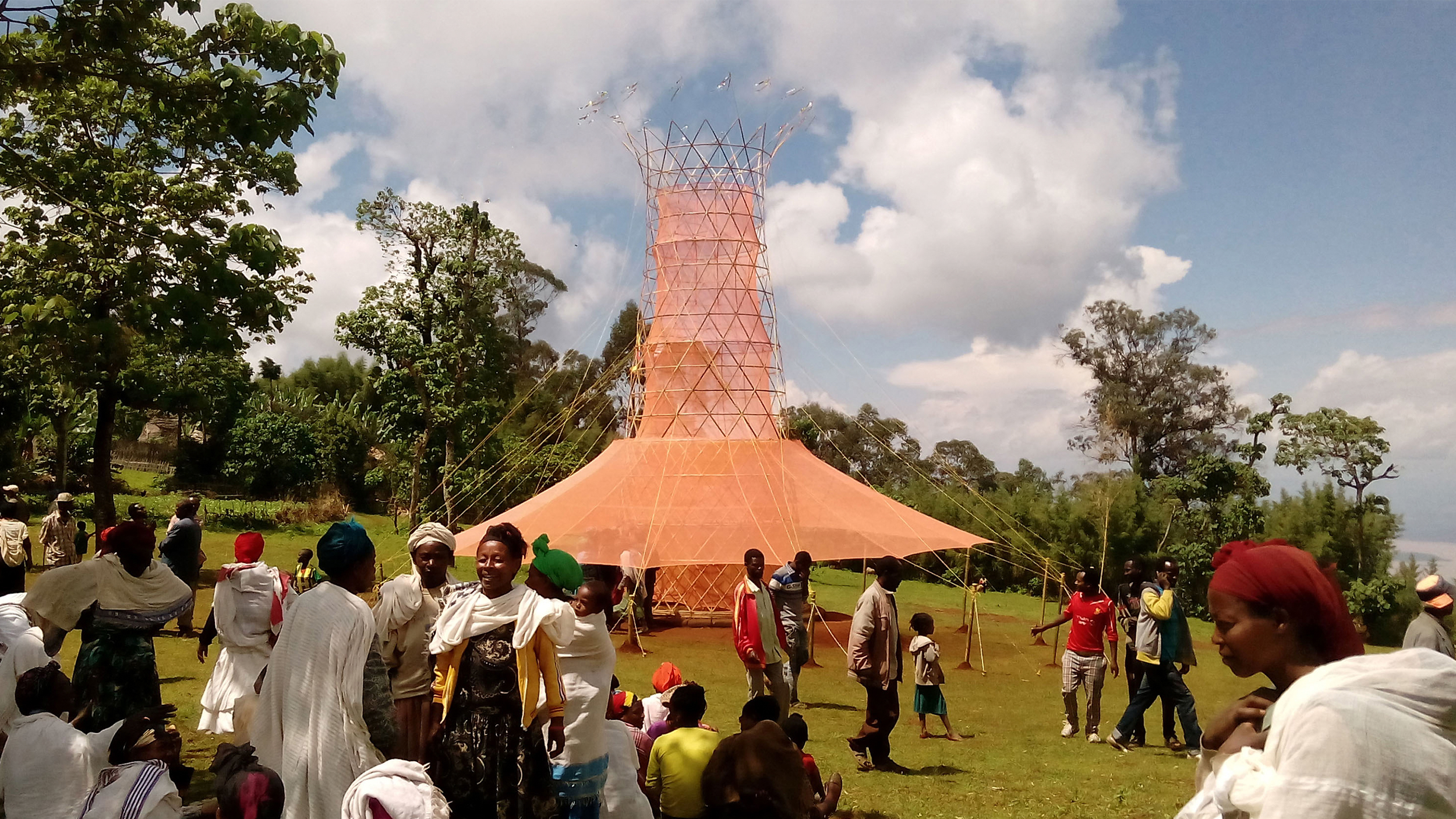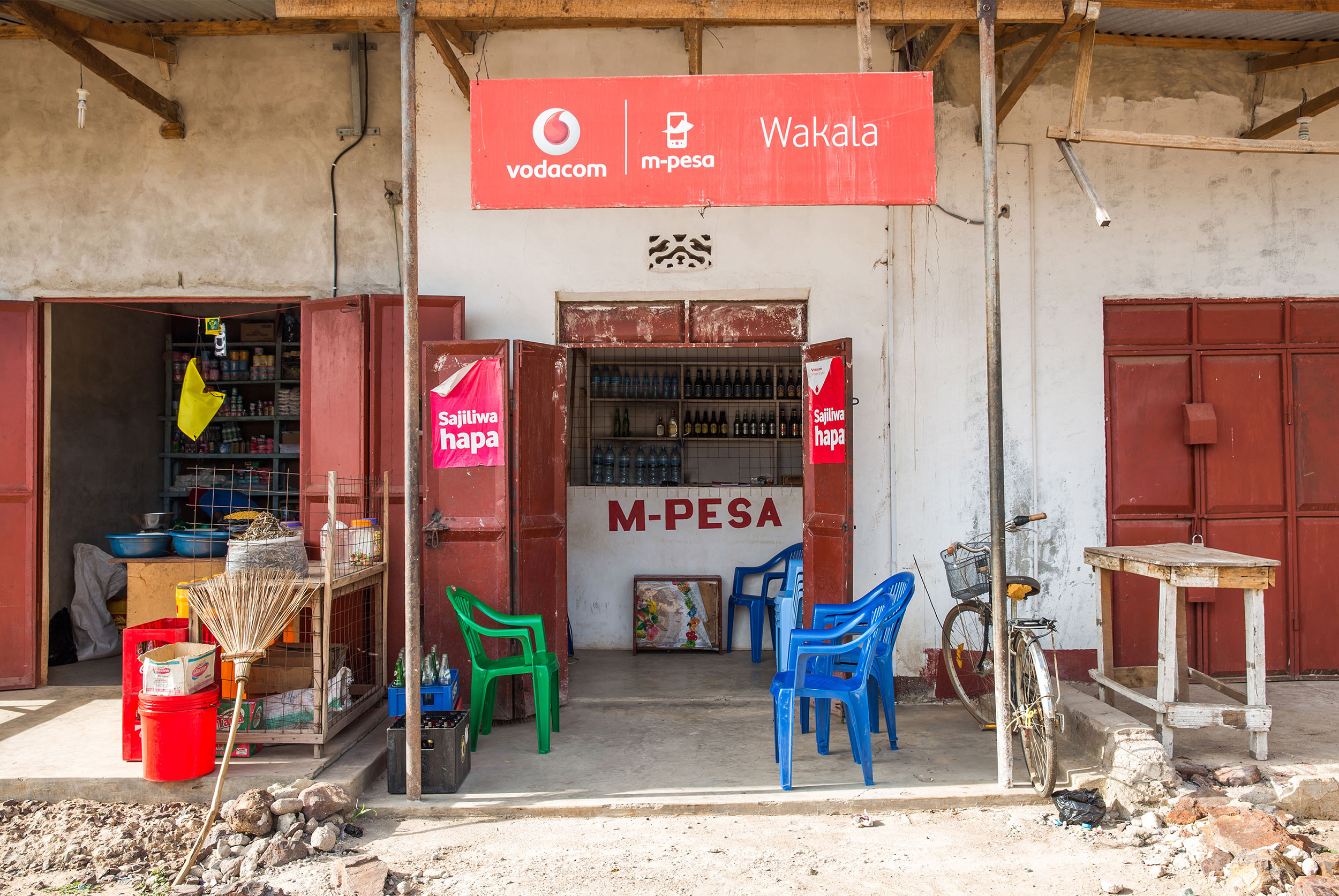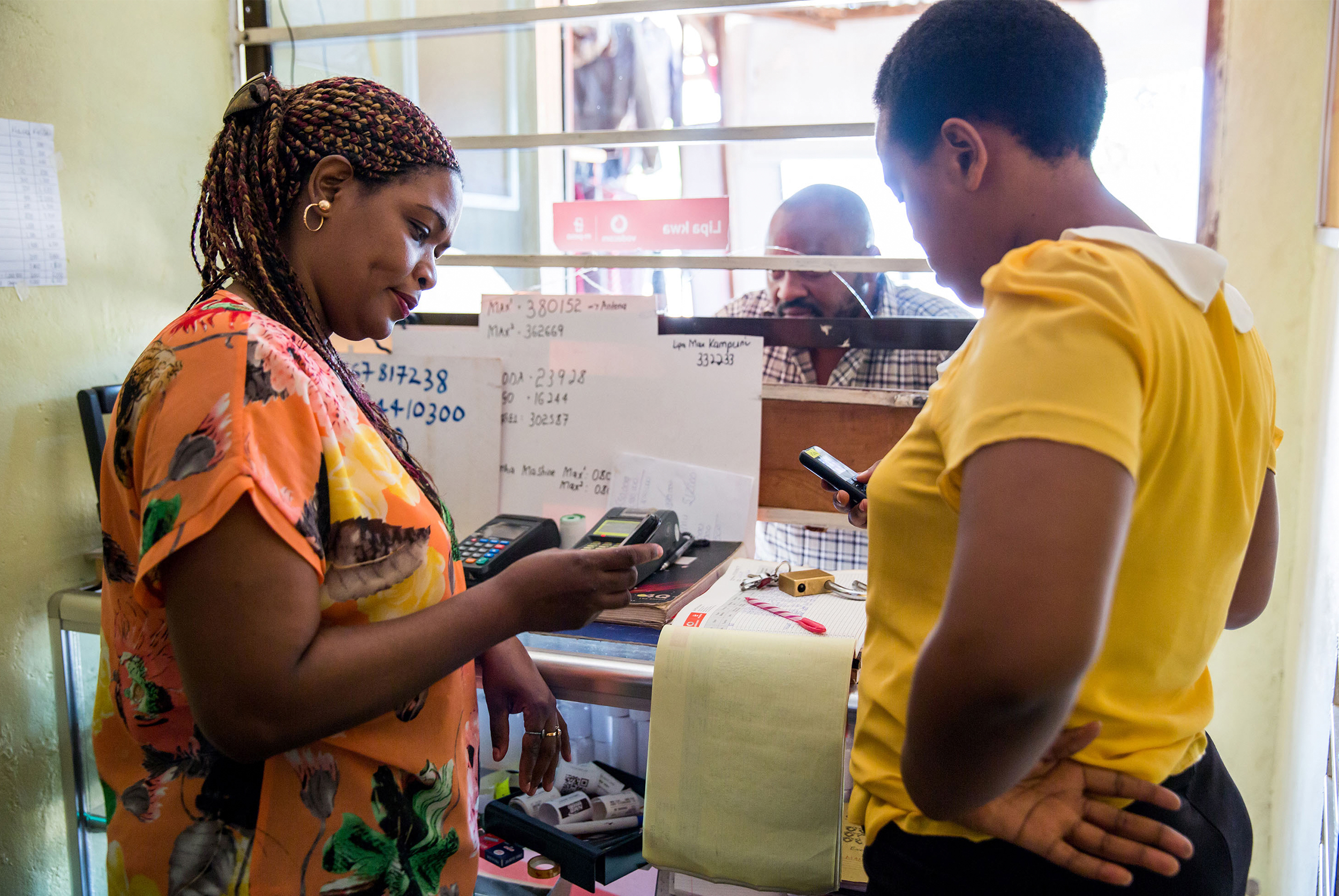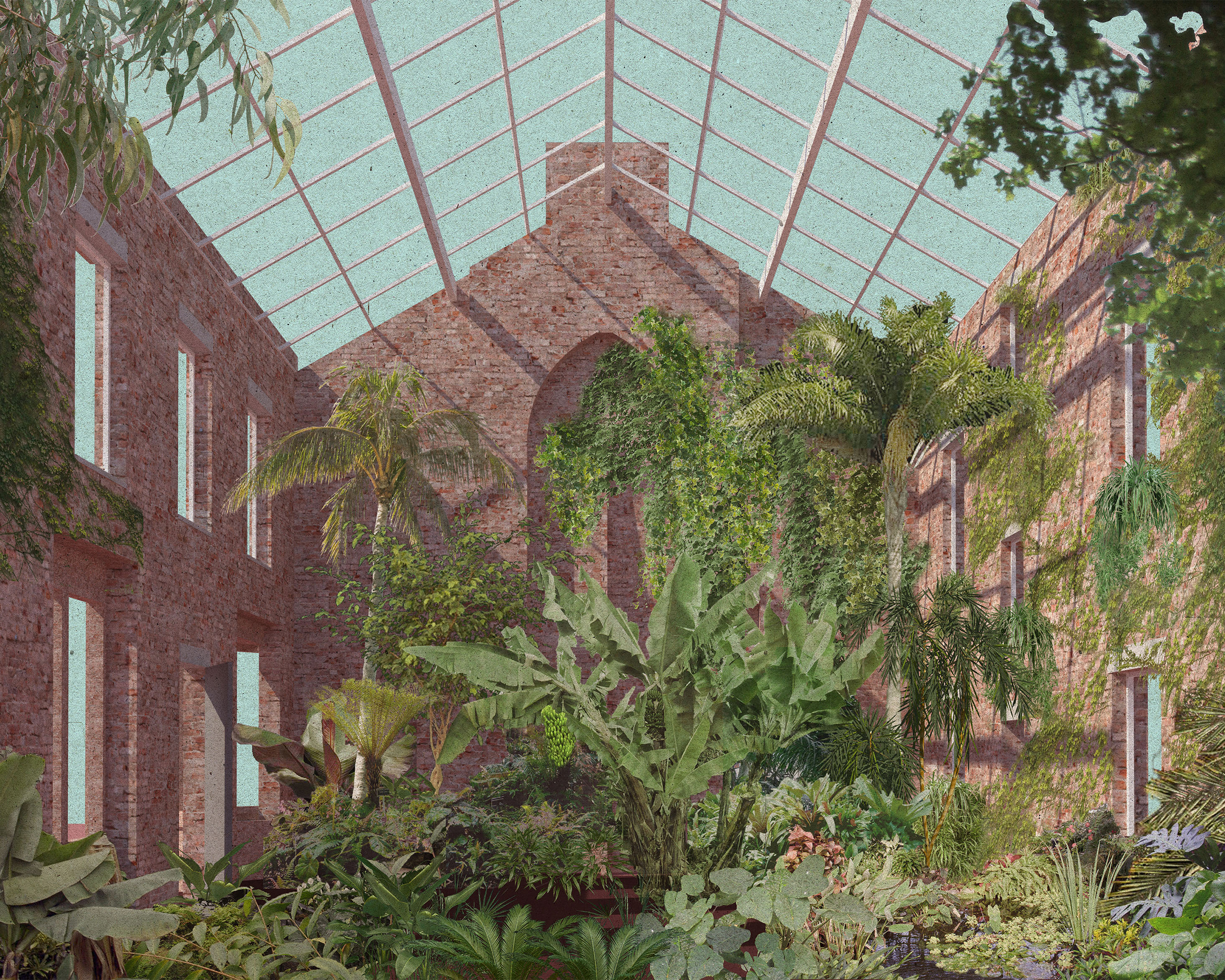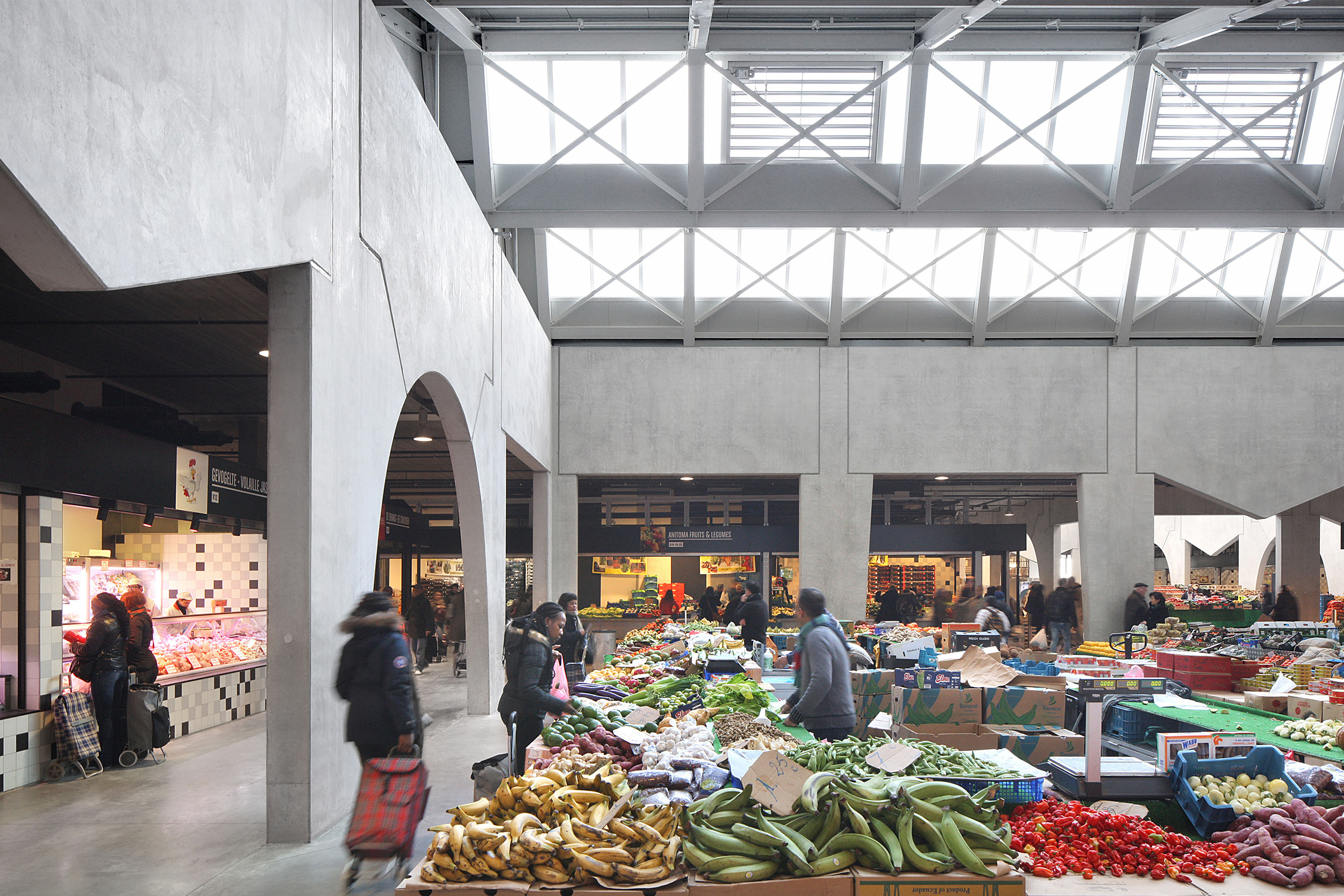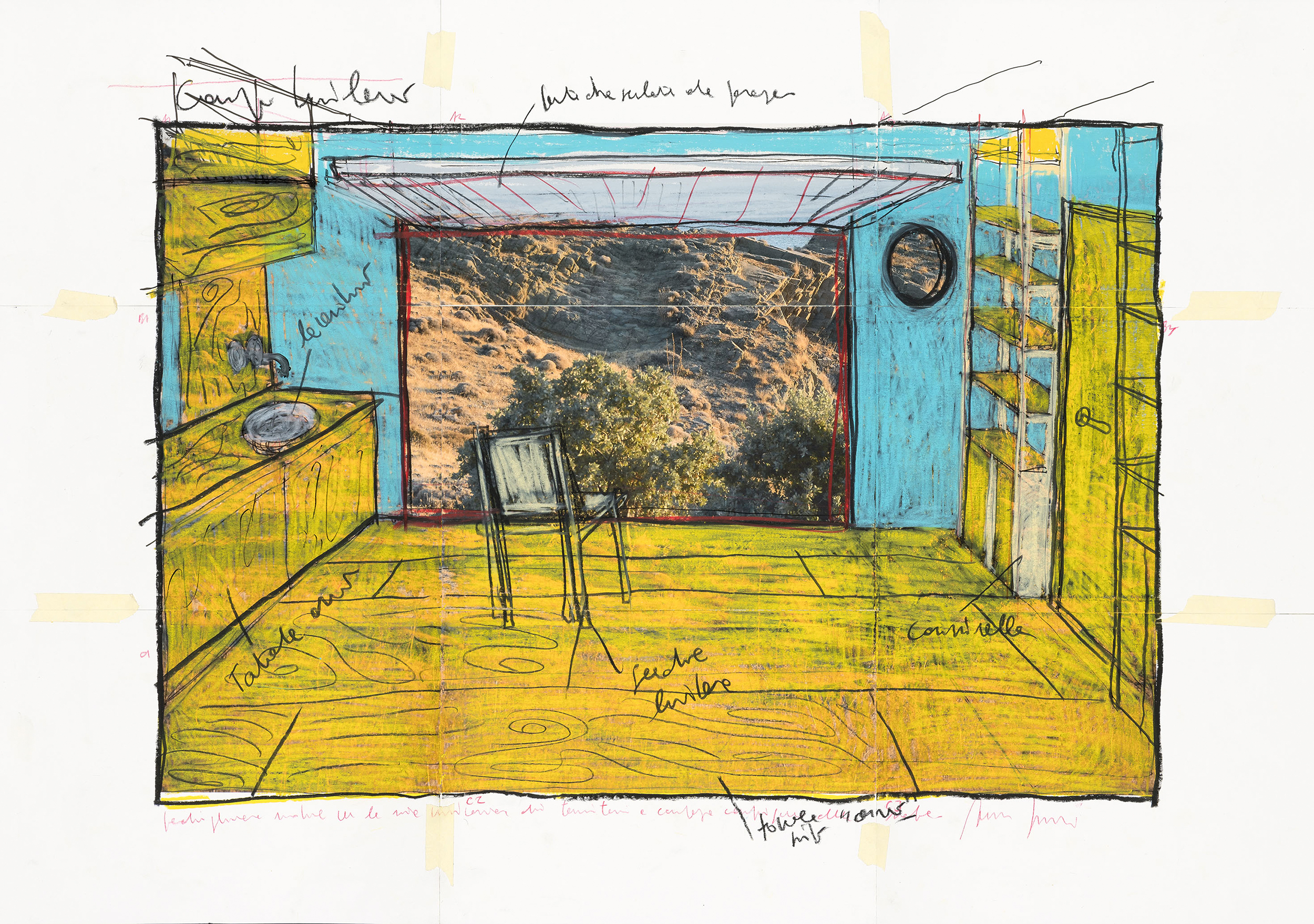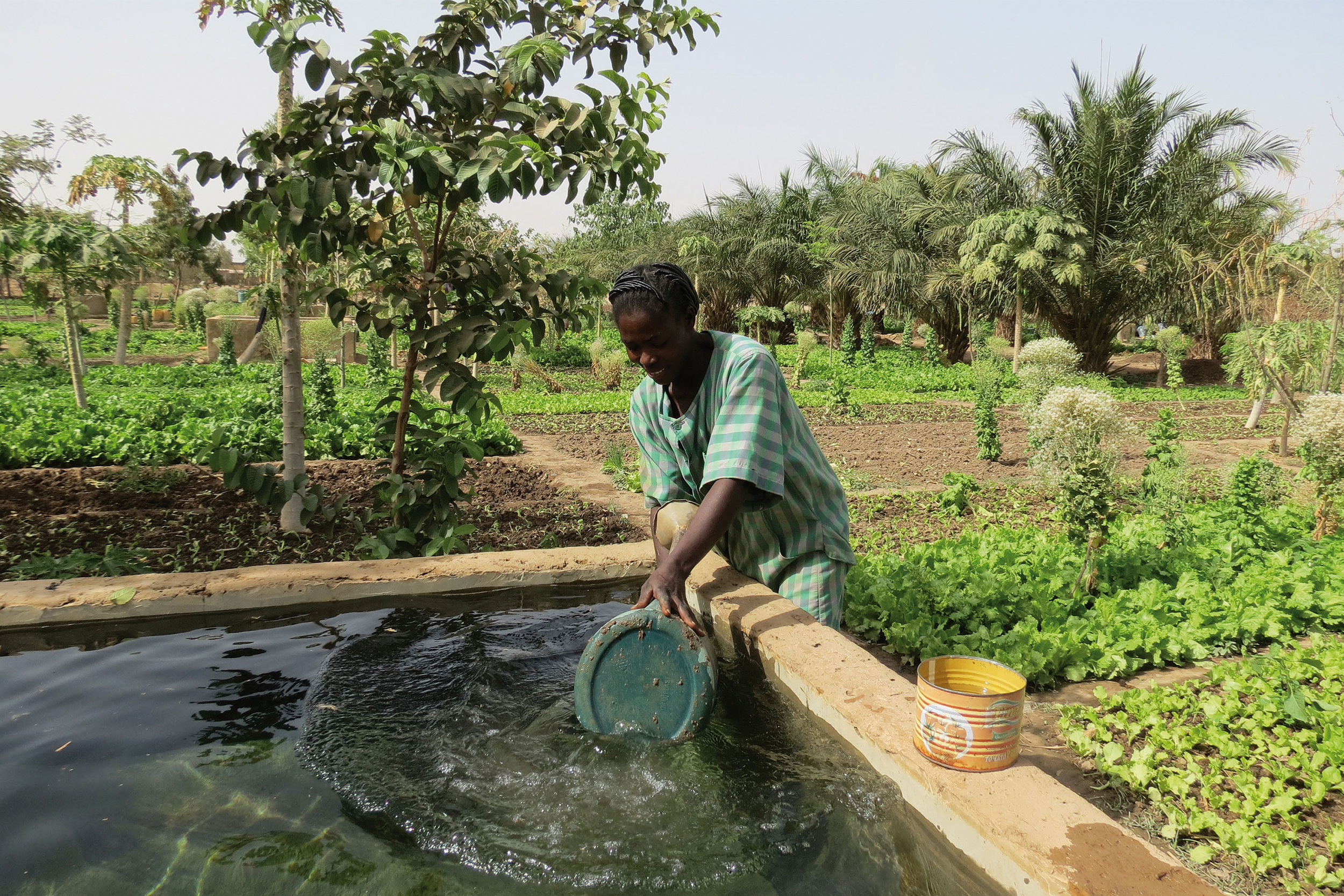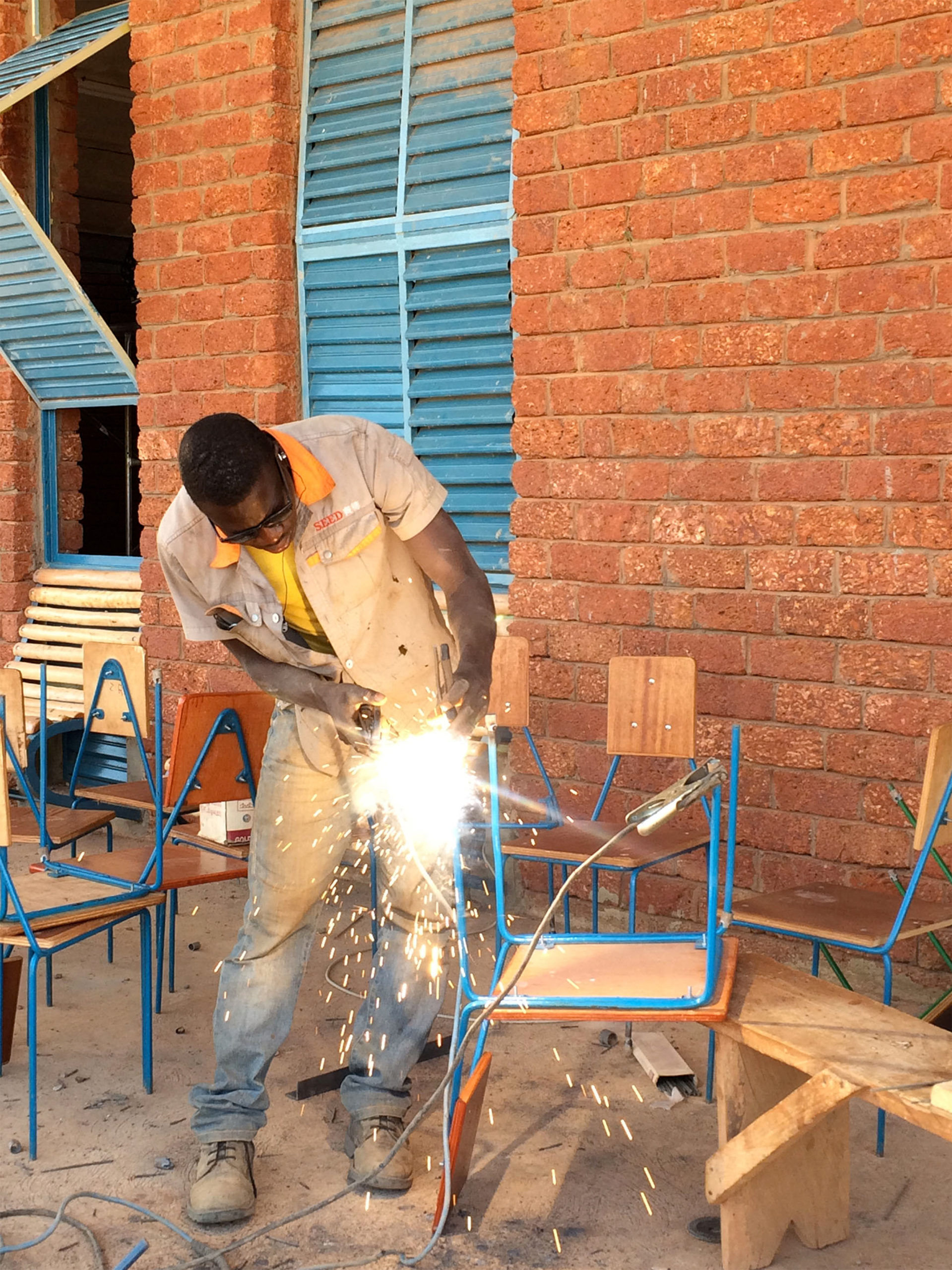The Solarkiosk is a mobile box and a piece of social infrastructure: It not only supplies sustainable energy, but is also a service and communication centre. With its wide range of services, it has a direct effect within society – as a distribution station, basis for the livelihood of its local operators, workplace, information hub, health service-provider and event location.
Giulia Bernardi • 06.11.2018
«Can design change society?»
Social Design is the design of society with society. How this works is shown by the exhibition of the same name at the Museum für Gestaltung Zürich (Zurich Design Museum), which can be seen until the beginning of February.
«Can design change society?», will be the question asked to visitors before they enter the exhibition room. This also corresponds to the main question at the ‹Social Design› show, which tries to answer this question using 25 national and international projects. «When selecting the projects, we paid attention to their social and design quality, but also to the transparency of the processes associated with them», explains the curator Angeli Sachs. «We should be able to verify how the work was carried out and what dialogue took place between those involved.»
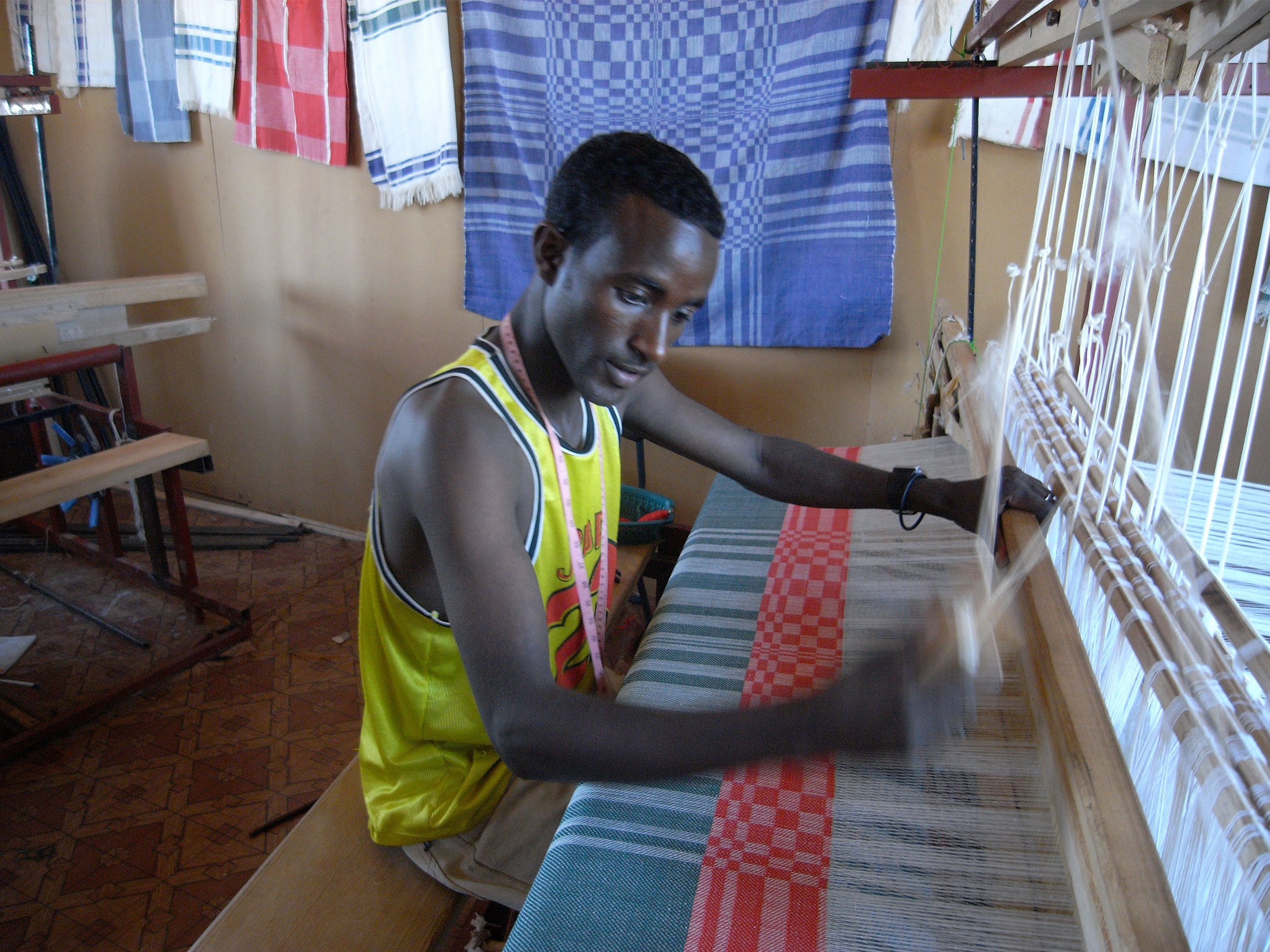
A project, which satisfies these criteria is the ‹Flying8› weaving loom by Andreas Möller. As part of a re-training project for hand-weavers in Ethiopia, the German entrepreneur noticed that affordable and easily available weaving looms were often not accessible to the local population. In order to help improve this situation, he compiled instructions to build a weaving loom using simple materials within just a few days. It therefore consists of wood, cardboard or cords and can be put together without any drills or other electrical tools.
A simple idea, which created sustainable production conditions and ensured the livelihood of many workers. «Projects like this one influence social conditions and bring about a permanent change», explained Angeli Sachs.
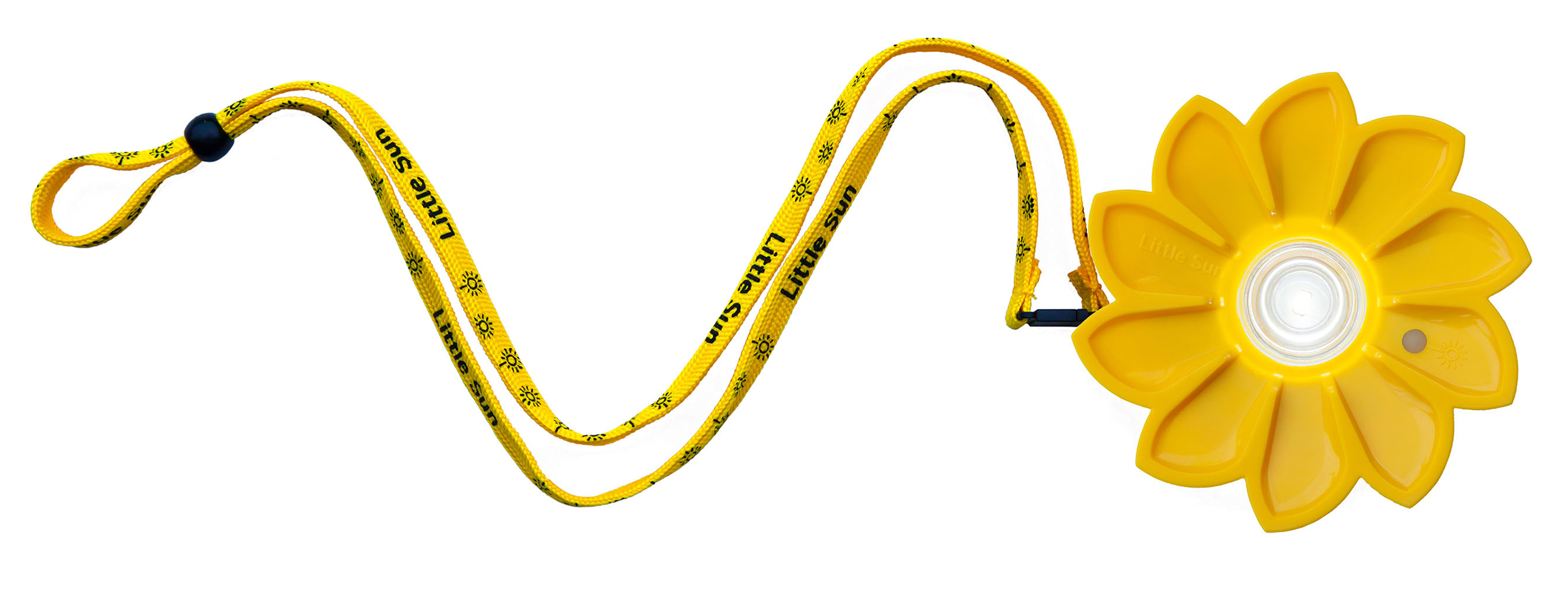
Another example is the ‹Little Sun› solar light by Olafur Eliasson and Frederik Ottensen, which is intended to help people who live in areas without any electricity supply; if the light is charged for at least five hours in the sun, it can supply light for up to 50 hours. Every one of these, which is sold in electrified regions of the world at a higher price, ensures that it is available at a lower price in areas without any electricity
Similar to ‹Flying8›, ‹Little Sun› also influences social conditions and focusses attention back on inadequacies such as the scarcity of resources and a lack of opportunities for the future, like those that exist in many countries: Approximately 15 percent of the world’s populationhad to live without electricity in 2017.
In order to counteract imbalances in resources and means of production, education and opportunities for the future, society must re-organise itself and consider how it would like to structure the world of tomorrow. When doing so, not only designers, but also consumers must assume social and ecological responsibility.
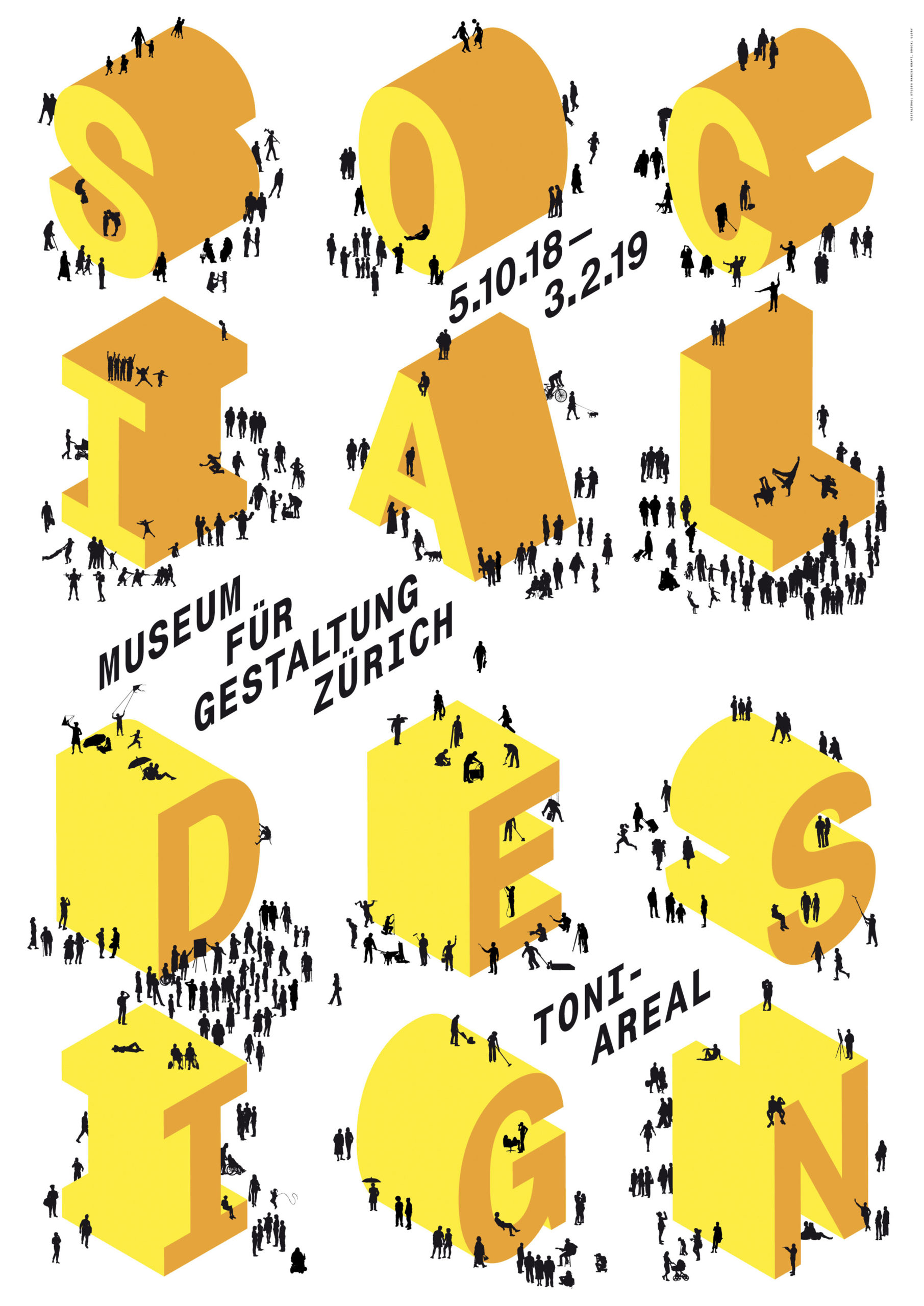
The ‹Social Design› exhibition can be seen until 3 February 2019 in the Museum für Gestaltung Zürich.
Markus Kraft © ZHdK
This necessity is also expressed in the exhibition, in which one can become involved as a visitor: By proposing other social-design projects or marking on a map of the city of Zurich the places that have potential in terms of social, ecological or economic sustainability. «It’s precisely with this topic that involvement plays an important role», thinks Angeli Sachs. «The exhibition can also promote a discussion.» The 25 projects are therefore merely examples and allow people to think about the situations, which can still be changed.
Project examples
Social Design in the Zurich Design Museum
Warka Water offers rural inhabitants, for whom access to safe drinking water is otherwise hardly possible, an alternative source of water. The water tower collects rain water and its nets capture dew and mist, so that an average of 100 litres of water can be obtained from the air every day. Villagers can build the tower from local materials using simple tools and operate it themselves.
M-Pesa is a mobile money transfer system, which enables financial transactions to be carried out by mobile phone. M stands for mobile, Pesa means money in Swahili. The system that was introduced by the Kenyan telephone provider Safaricom in 2007, is now represented in ten countries and is actively used by approximately 30 million people.
In areas with a poor infrastructure, the M-Pesa service means that transfers can be made by SMS, without having to have a bank account, a credit card or an Internet connection. M-Pesa therefore gives access to independent employment to large parts of the Kenyan population.
Links: The interdisciplinary Assemble collective works with the Granby Four Streets Community Land Trust (CLT) and Steinbeck Studios on a sustainable vision of the future, which gradually expands the vision of the future for the Granby Streetdistrict. They are building on the previous efforts of the inhabitants and are renovating residential areas and public spaces, but also creating job opportunities and entrepreneurial prospects. The Granby Winter Garden (since 2015) is a new community space in the heart of the residential district. Rechts: The Meat Market District master plan came about as a measure for public spaces, in which community aims are in the foreground. An industrial slaughterhouse site in an immigrant district close to the main railway station in Brussels is to be gradually transformed into a mixed-use urban area. The Foodmetmarket hall, which opened in 2015, was the first architectural project.
Campo Libero (The Innocent House) was established for the Italian organisation Libera (Associazioni, nomi e numeri contro le mafie). Among other things, the NGO deals with reactivating the land that was confiscated from the Mafia in southern Italy and establishing a legal economic system. This is based on social equality and creates livelihoods that respect the environment and the dignity of workers.
The gardens are practical models of sustainable agriculture and can easily be reproduced. They could point the way to an alternative form of development in Africa, in which the production of food is linked to local communities and the awareness of preserving the environment.
Francis Kéré ist davon überzeugt, dass Architektur ein Mittel für kollektiven Ausdruck und Stärkung des Gemeinwesens sein kann. Darum bezieht sein Büro die Bedingungen vor Ort in seine Entwurfs- und Konstruktionsansätze ein und arbeitet eng mit lokalen Gemeinschaften zusammen.
Photography: Copyright Social Design exhibition in the Museum für Gestaltung, Zürich
